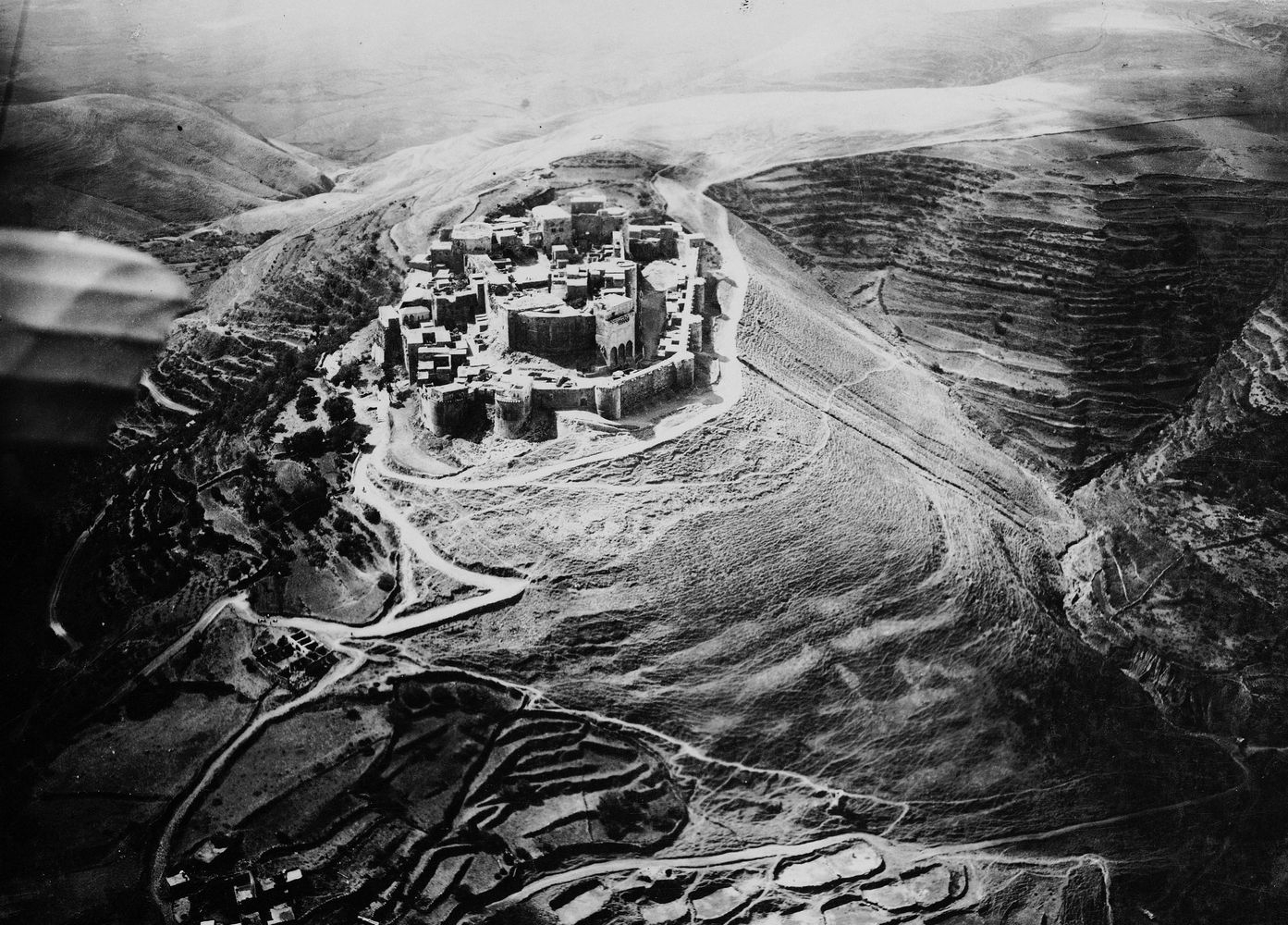Building a castle

Located in the coastal region of Syria, the Krak des Chevaliers is a masterpiece of 12th and 13th century military architecture. It owes its reputation to its exceptional state of conservation, and especially the quality of its construction, which makes it a unique building.

In 1095, Pope Urban II preached crusade in aid of Eastern Christians threatened by the Turks and to liberate Christ's tomb. Following the victories of the Crusader leaders on the road to Jerusalem, fortresses such as the Krak des Chevaliers were constructed to control the conquered territories.
Originally a small fort garrisoned by Kurdish soldiers in the pay of the Emir of Homs, the castle, which was entrusted in 1142 by the Count of Tripoli to the Hospitaller Order of Saint John of Jerusalem to secure this threatened region of his county, became within a century one of the most powerful fortresses in Eastern Christendom.
The Krak des Chevaliers today consists of a powerful inner core protected at its base, on the southern and western sides, by a monumental glacis from which rise round towers protected by defensive galleries with loopholes. It is surrounded by a second, lower wall system, flanked by towers of different shapes, some with large Arabic inscriptions that point to the different phases of the Mamluk restoration.
An essential site for travellers to the region and orientalists, the Hospitaller stronghold was brought to the fore in the 1930s by the work of Paul Deschamps who, like the architect Maurice Pillet before him, worked to preserve the building. Since then, the castle has been central to debate on the nature of Near Eastern fortification.
Inscribed on the UNESCO World Heritage List in 2006, this outstanding example of medieval military architecture has also been included on the List of World Heritage in Danger since 2013.
This site is an extension of the Eternal Sites. From Bamiyan to Palmyra exhibition held at the Grand Palais from 14 December 2016 to 9 January 2017. This immersive exhibition explored four endangered archaeological sites using the 3D records made by Iconem.
Combating the theft and illicit trafficking of cultural property is one of the priorities of the French Ministry of Culture, which pays close attention to these issues, in line with its regulatory responsibility to control the movement of cultural property.